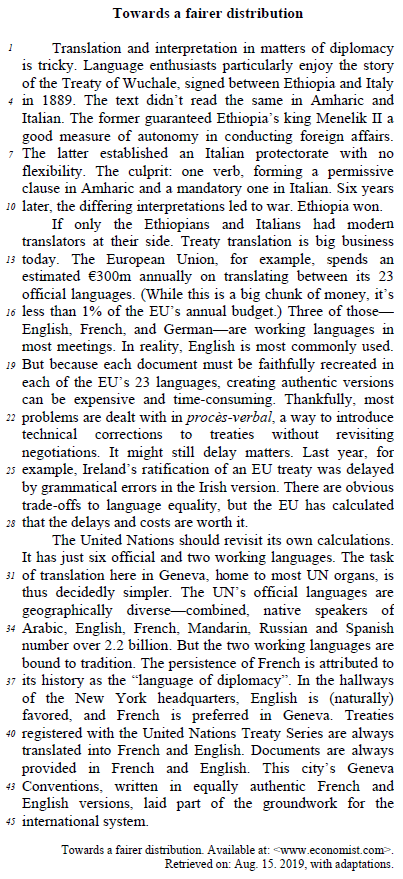
Considering the grammatical and semantic aspects of the text, mark the following item as right (C) or wrong (E).
The expression “laid […] the groundwork for” (line 44) can be correctly replaced with prepared.
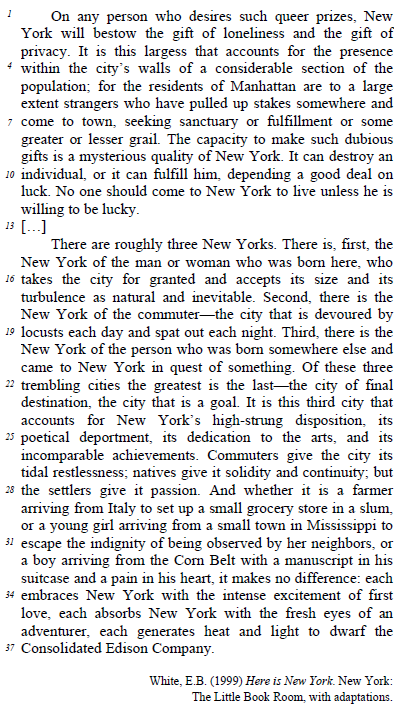
Mark the following item as right (C) or wrong (E) in summarizing the views of the author of the text.
The influx of people from other places is eroding New York’s unique character.
Após a leitura do texto, qual dos conselhos Ben Box não oferece aos viajantes?
oração “He remembers being in a bar” encontra-se em que tempo verbal?
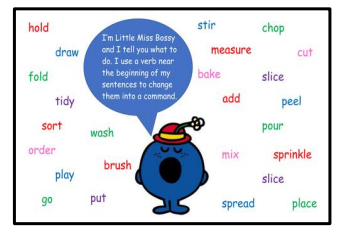
The activity above helps teaching:
I saw ____as a famous actor.
The children got dressed ______ .
We often watch TV in the afternoon, _____?
“The students (30 energetic Italian pupils aged 15) have studied the passive forms with their usual English teacher. They can do written exercises to transform active to passive and vice versa and can construct passive sentences and questions (at least in theory). Now I, the conversation teacher, have been asked to practise the passive orally in my next 50 minute lesson."
The text above offers some advices for:
“Get”
Leia as afirmativas a seguir:
I. Está correta a grafia do trecho a seguir: to read out (ler em voz alta).
II. Está correta a grafia do trecho a seguir: there are no flies on him (ele não é bobo e não se deixa enganar).
Marque a alternativa CORRETA:
Leia as afirmativas a seguir:
I. Está correta a grafia do trecho a seguir: to read about (ler a respeito de).
II. À luz dos Parâmetros Curriculares Nacionais, a avaliação é parte integrante e intrínseca do processo educacional.
Marque a alternativa CORRETA:
Text for the item.
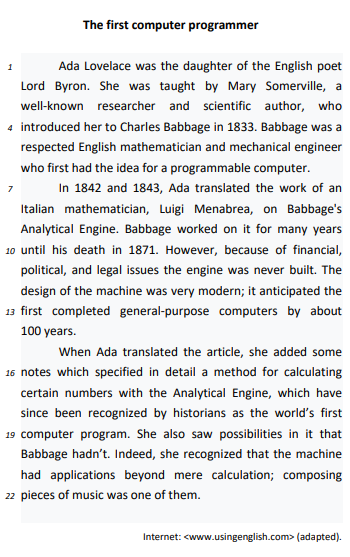
Based on the text, judge the items below.
Mary Somerville was Ada Lovelace's teacher
Text for the item.

Based on the text, judge the items below. Which can substitute “who”, in “who first had the idea” (line 6).
Text for the item.

Based on the text, judge the items below.
The word Nevertheless is a correct alternative for “However" (line 10).
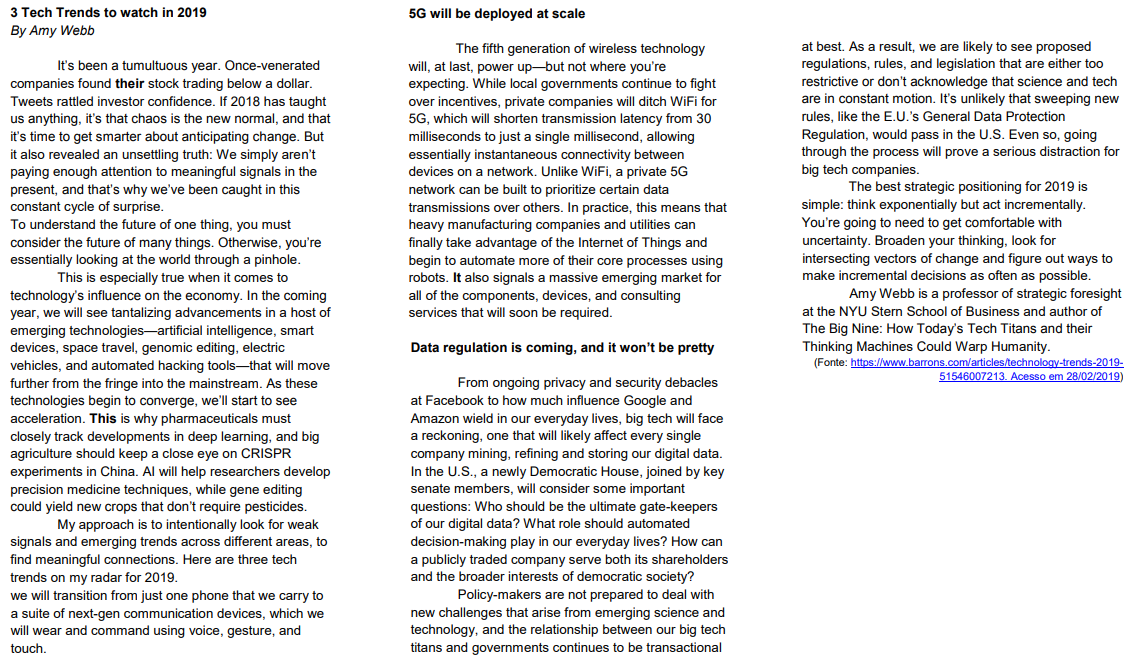
Working with contextual reference is a useful strategy when approaching texts in English. Consider the following pronouns and mark the alternative that corresponds to what they refer to, respectively: I. their (first paragraph).
II. this (second paragraph).
III. its (fourth paragraph).
IV. it (fifth paragraph).


